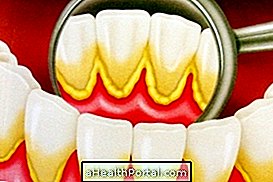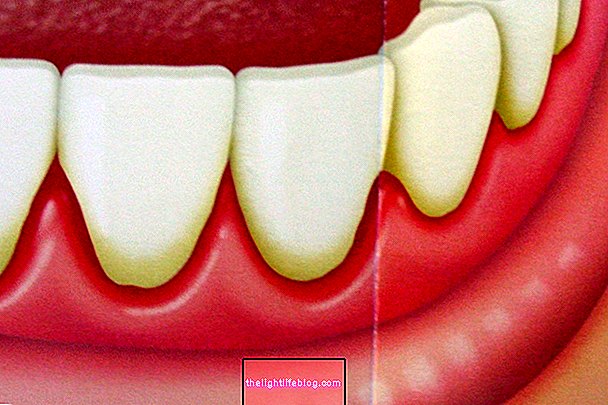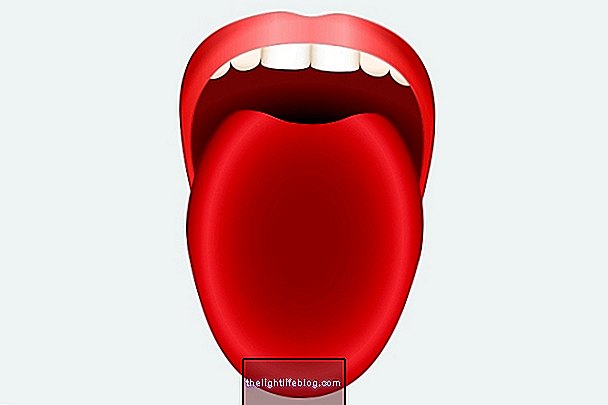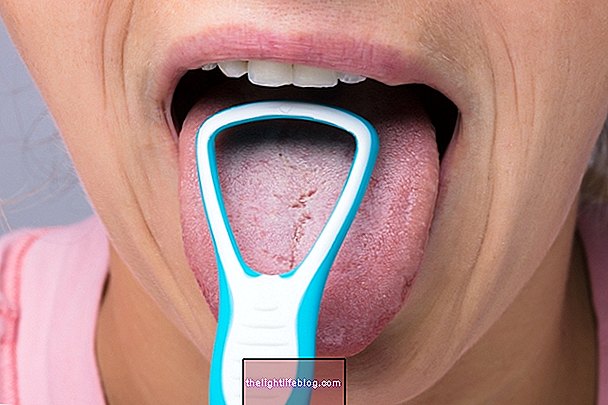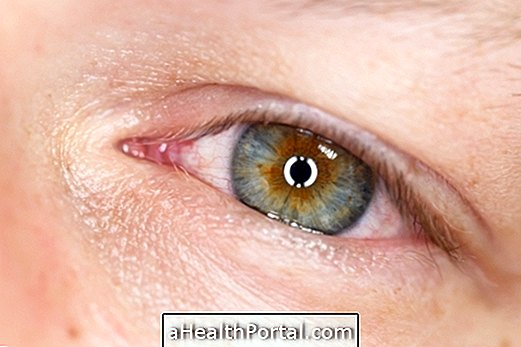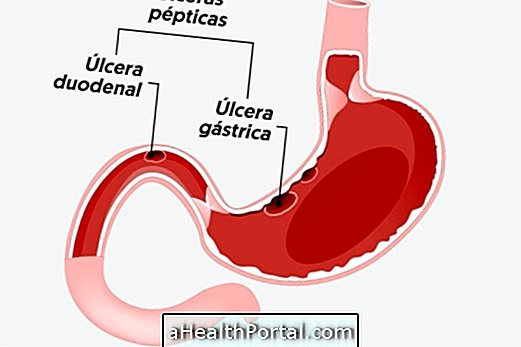Hypoplasia of tooth enamel happens when the body is unable to produce enough of the hard layer that protects the tooth, known as enamel, causing changes in color, small lines or until part of the tooth is missing, depending on the tooth. degree of hypoplasia.
Although it can appear at any age, hypoplasia is more frequent in children, especially before the age of 3, so if around that age the child is still having difficulty speaking it may be important to go to the dentist to confirm if is a case of hypoplasia, since the lack of enamel on the tooth can cause a lot of sensitivity, making speech difficult. Find out more about when your baby should start talking and what problems can delay.
People with enamel hypoplasia can have a completely normal life, however, they are at greater risk of having cavities, deformed teeth or suffering from tooth sensitivity and, therefore, must maintain adequate oral hygiene, in addition to regular visits to the dentist. .

How the treatment is done
Treatment for enamel hypoplasia varies depending on the degree to which the tooth is affected. Thus, some of the most used forms of treatment include:
- Tooth whitening: it is used in the mildest cases, when it is only necessary to disguise a stain on the tooth;
- Use of remineralizing toothpastes, such as Colgate Sensitive Prevent & Repair or Signal White System: in the lightest cases of stains, slight sensitivity or small deformations of the tooth help to remineralize the enamel, making it stronger;
- Dental filling: it is mainly used in more severe cases, when a part of the tooth is missing or there are holes in its surface, helping to create a better aesthetic, in addition to relieving tooth sensitivity.
In addition, if the tooth is very affected, the dentist may also recommend removing the tooth completely and making a dental implant, in order to permanently cure tooth sensitivity and avoid deformations of the mouth, for example. See how the implant is done and what the benefits are.
These treatments can be used separately or together, since, in some cases, there are several teeth affected by hypoplasia, in different degrees and, therefore, a type of treatment may also be necessary for each tooth.
Who is most at risk of having
Dental hypoplasia can occur in anyone, however, there are some causes that can increase the risk of developing it, including:
- Cigarette use during pregnancy;
- Lack of vitamin D and A in the body;
- Premature birth;
- Diseases that affected the mother during pregnancy, such as measles.
Depending on its cause, hypoplasia can be a temporary situation or be maintained for a lifetime, it is important to have regular appointments with the dentist, as well as appropriate oral hygiene care, to control tooth sensitivity, prevent the appearance of cavities and, even, prevent the fall of teeth. Check out which dental hygiene care should be taken.
Was this information helpful?
Yes No
Your opinion is important! Write here how we can improve our text:
Any questions? Click here to be answered.
Email in which you want to receive a reply:
Check the confirmation email we sent you.
Your name:
Reason for visit:
--- Choose your reason --- DiseaseLive betterHelp another personGain knowledge
Are you a health professional?
NoMedicalPharmaceuticalsNurseNutritionistBiomedicalPhysiotherapistBeauticianOther
